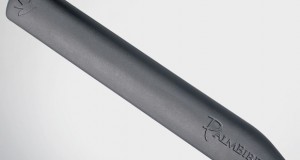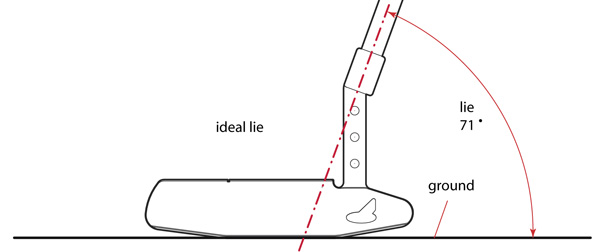A new breed of golf swing is taking the PGA Tour by storm, as revealed in a feature story in the June issue of Golf Digest. If you haven’t seen it, keep reading, as it just might raise your game.
Now, rare is the day that PutterZone.com features something not related specifically to putting. However, once every blue moon we veer to other parts of the course. After all, in order to putt, you first have to reach the green.
Now, I’m not a big fan of the convoluted golf tips that literally spill out of the major golf magazines, a confetti of often confusing advice that can sometimes do more harm than good. These tips often focus on micromanagement techniques that can undermine your more intuitive abilities. For example, while the aforementioned new swing is mentioned on the cover of the magazine, the cover story is actually titled “Vijay’s Power Move.” Inside, the corresponding article includes paragraph headers such as “Hitting it long is like shooting an arrow” and “Vijay’s gift is great rhythm.”
It all sounds vaguely pornographic and ultimately unhelpful.
The new swing, however, seems to be the real deal. It was developed by a pair of young swing coaches who gained notoriety when, late last year, three of their students won their first tournaments in a six-week span. They are now working with Mike Weir, Aaron Baddeley, Brad Faxon and several others on the PGA Tour.
The swing goes by the name of “Stack & Tilt,” and it basically shifts more weight to the left side of the body than what’s commonly taught. The spine remains over the ball, with a leftward tilting motion on the backswing. The backswing club path is more of an arc, and your torso springs upward as you make contact.
Don’t try it based on the above description. That’s just the Cliff Notes. Get the magazine, read the article and look at the pictures. Golf Digest really did a magnificent job on this one. You can also view it on the Golf Digest web site.
Golf Digest Senior Editor Peter Finch writes an addendum piece called “What Stack & Tilt Did for Me.” In it, he writes, “It worked. Not only was I hitting the ball harder, I was hitting on the center of the face. So that’s what it’s supposed to feel like.”
I’m experiencing similar results. You know when you’re on the range or at a tournament, watching a superior player work his or her irons, and the ball snaps into the air like a rocket with the unmistakable cracking sound of pure solid contact? This swing is teaching me that feeling, improving both the distance and consistency of my ball striking. I’m not saying it’s turned me into a superior player, just a better one, and in a very short period of time.
Maybe your swing doesn’t need work, or maybe this new swing won’t work for you. But if you’re like me, if you sometimes feel so close yet so far when it comes to your swing, this just might be the key to unlocking your potential.
 PutterZone – Best Putter Reviews
PutterZone – Best Putter Reviews



